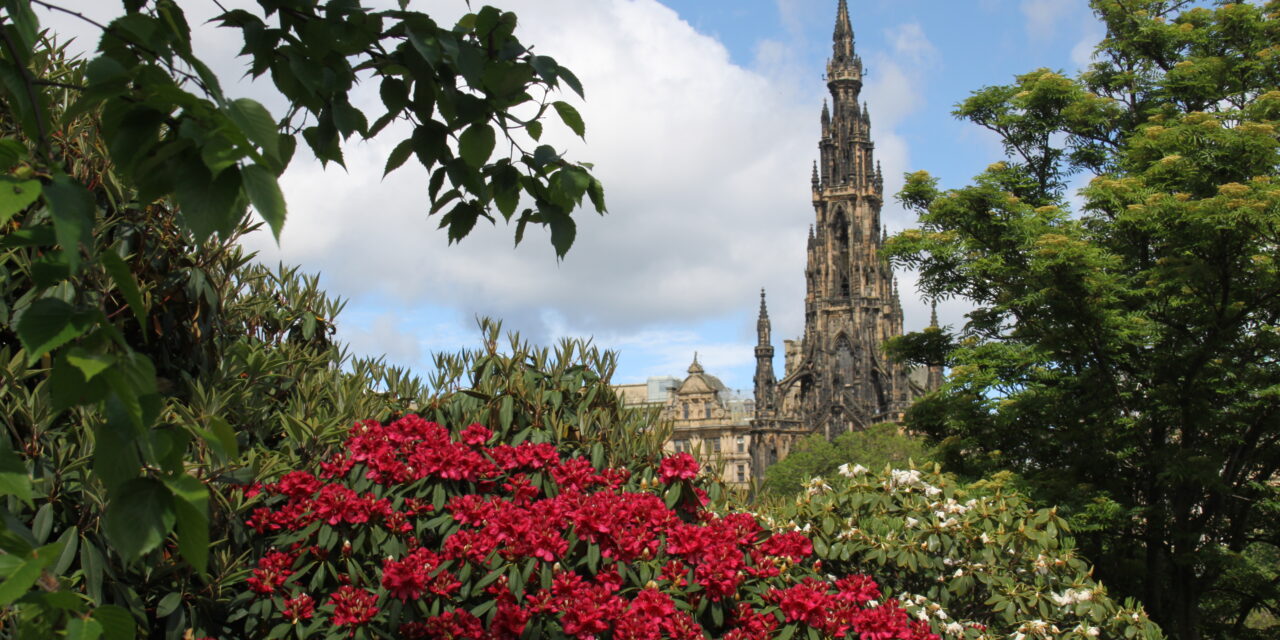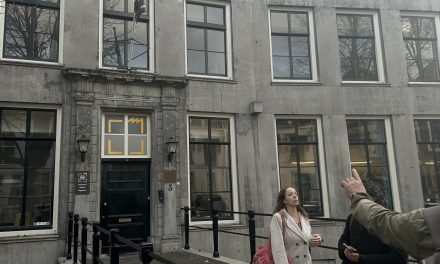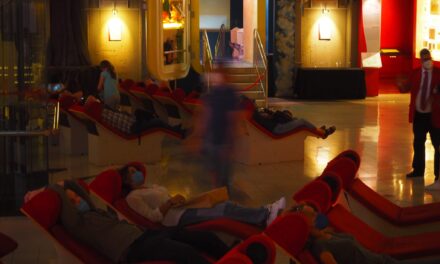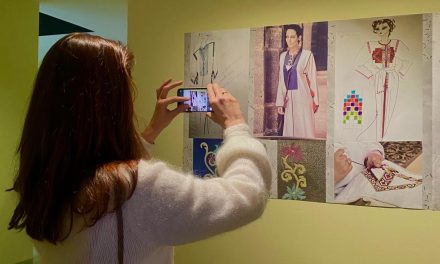“Smell it. Smells exactly like garlic doesn’t it?” Anastasia is holding a leaf she ripped in two, a wild garlic leaf. During her foraging trip, wild garlic is at the end of its season. She would love to take it all now she still can, but since it is quite rare, she can’t pick too much. “You have to leave enough flowers and plants so it can spread its seeds and grow again next year. However, if you love it very much there is a solution. You can pick wild leek as well. It smells the same and has no flowers, but it is an invasive species. Actually, it is a threat to wild garlic, so pick away.”
It is a Sunday morning and the weather is typically Scottish. One minute the sun is beating down on everyone without mercy and another minute the heavens have broken. Some would say that it is the perfect day to go on a hike. With this in mind, it is no surprise the park is busy. Children are climbing on the playground equipment, dogs running around collecting sticks and a football match on the grass with cheering parents on the sidelines. The park of Costrophine Hill, however, is not just a plain patch of grass. It feels more like a fairy-tale forest which just happens to have some patches of grass. Among all of these Sunday hikers, footballers, dogs and children are Edinburgh local Anastasia. A publicist during the week and a forager during the weekend. Her sneakers crush the grass under her feet, her empty backpack hanging off her shoulders. She passes the football match, running dogs and playground without even as much as a glance. She walks directly towards the forest, with a clear goal: to collect wild garlic and mushrooms.
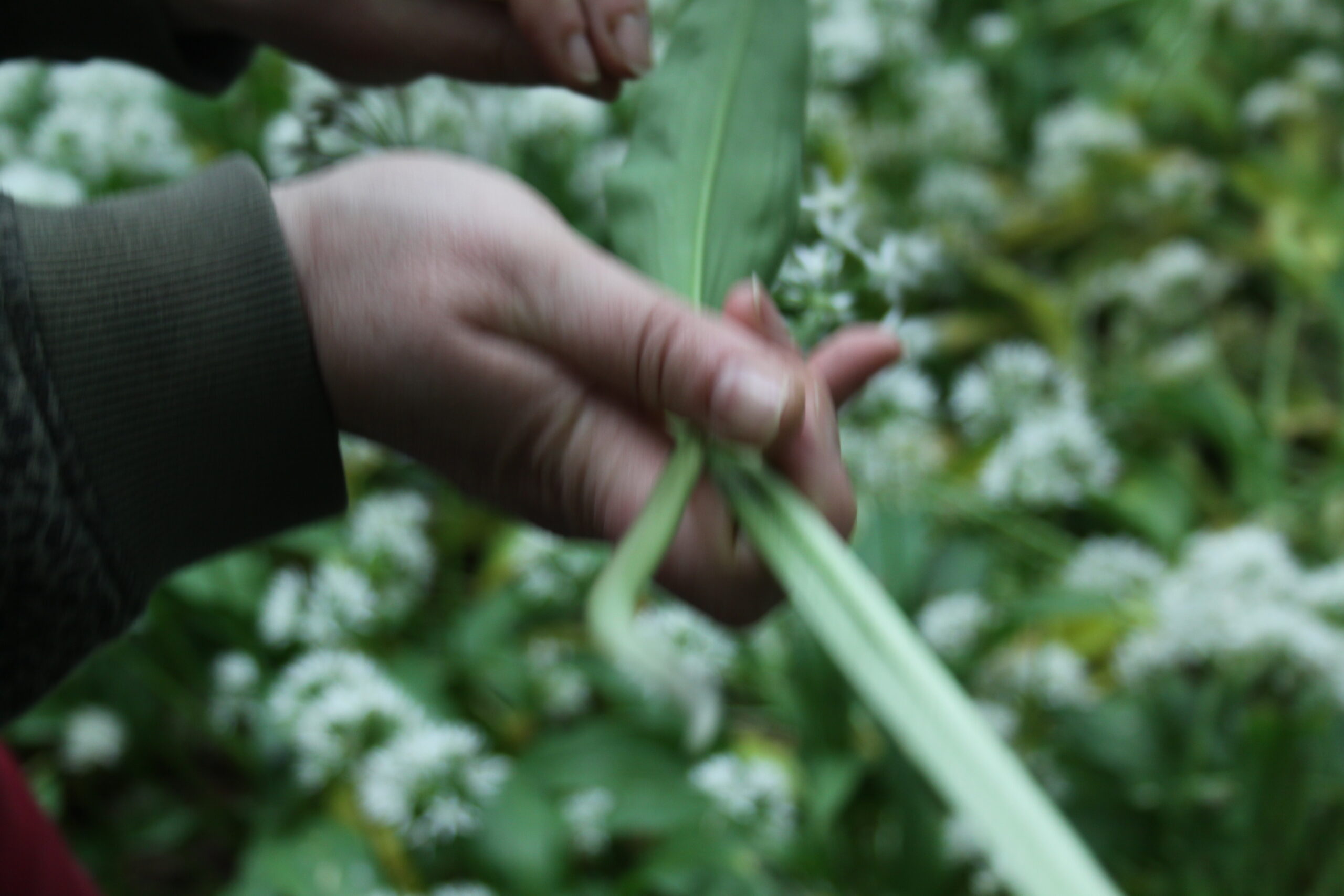
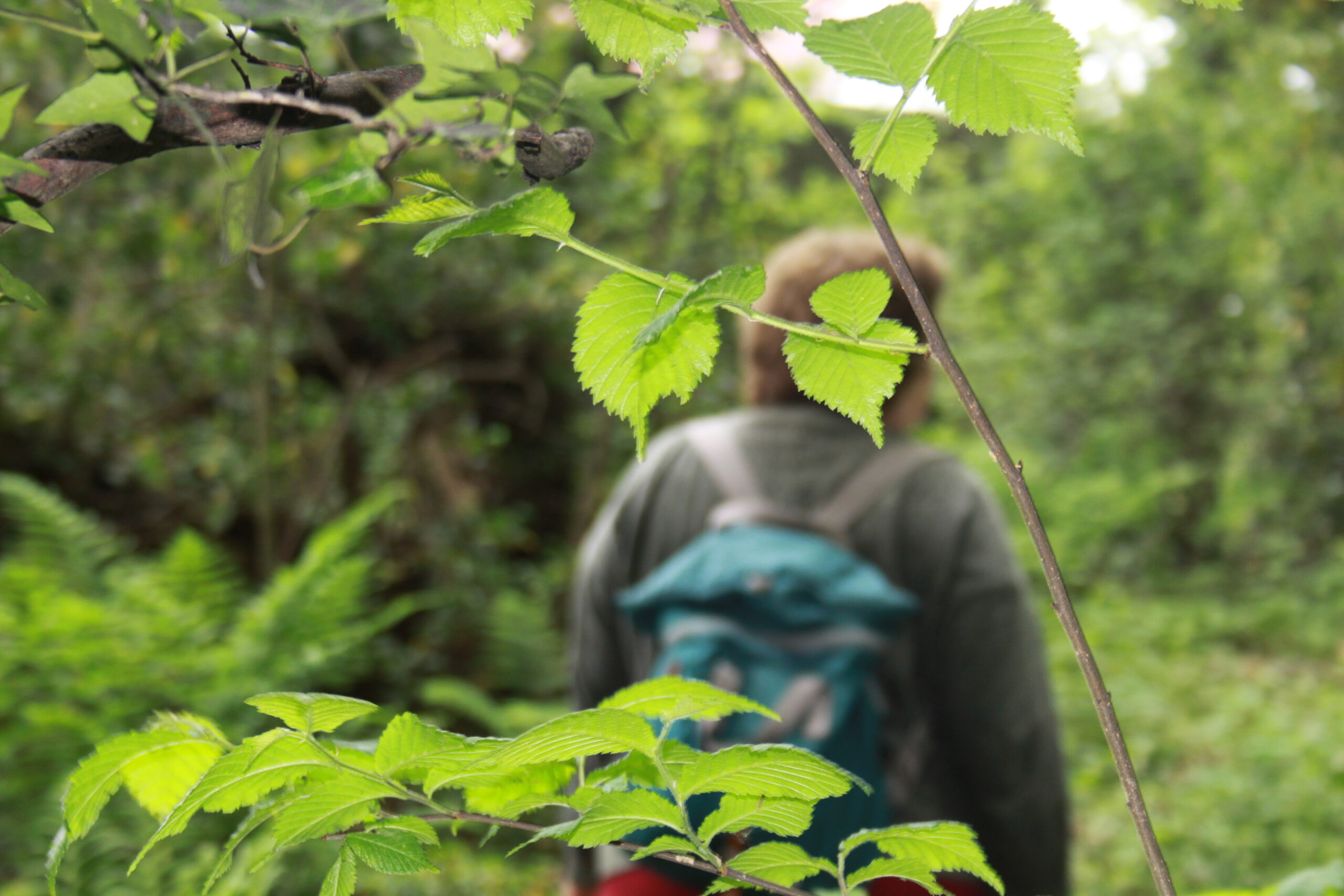
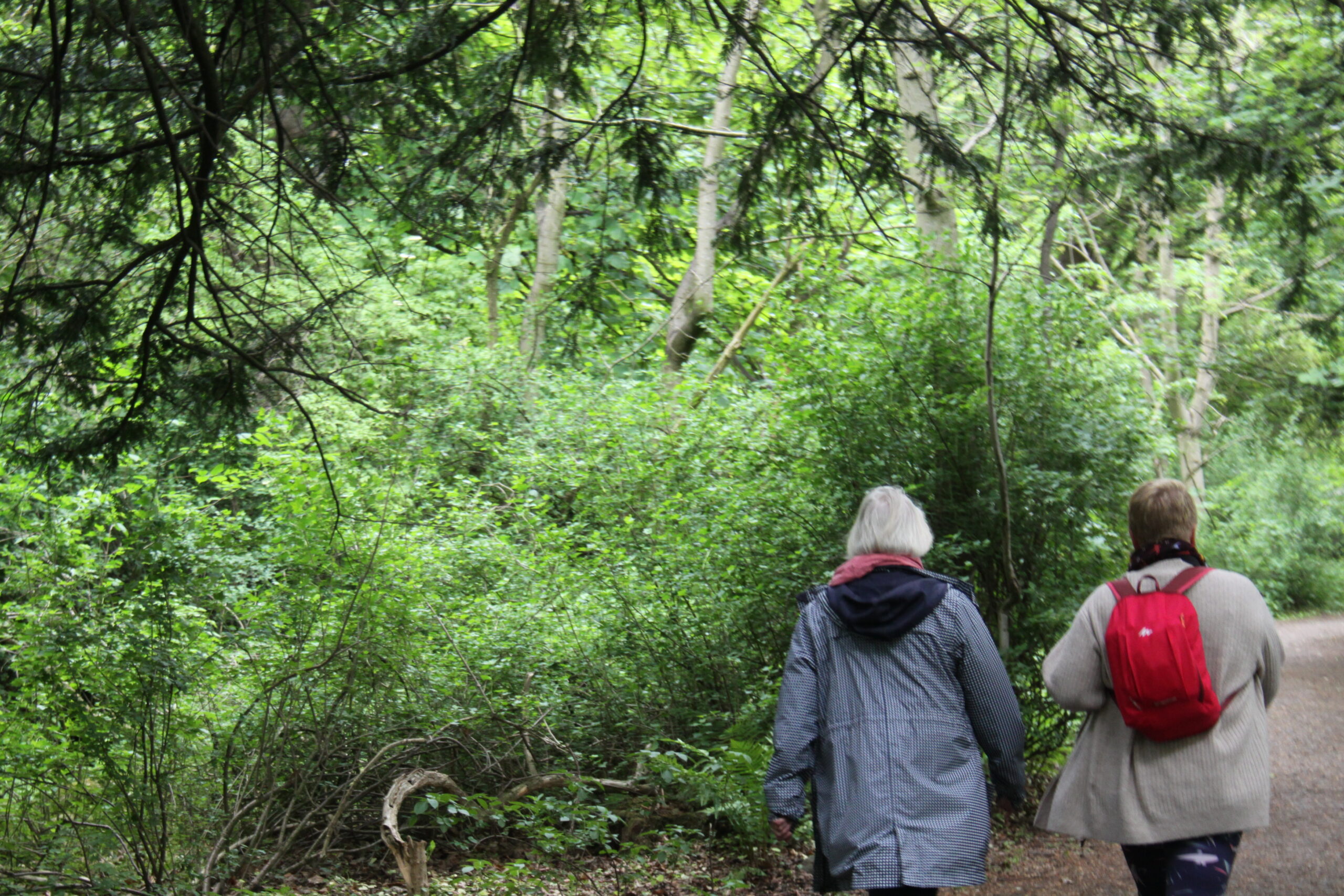
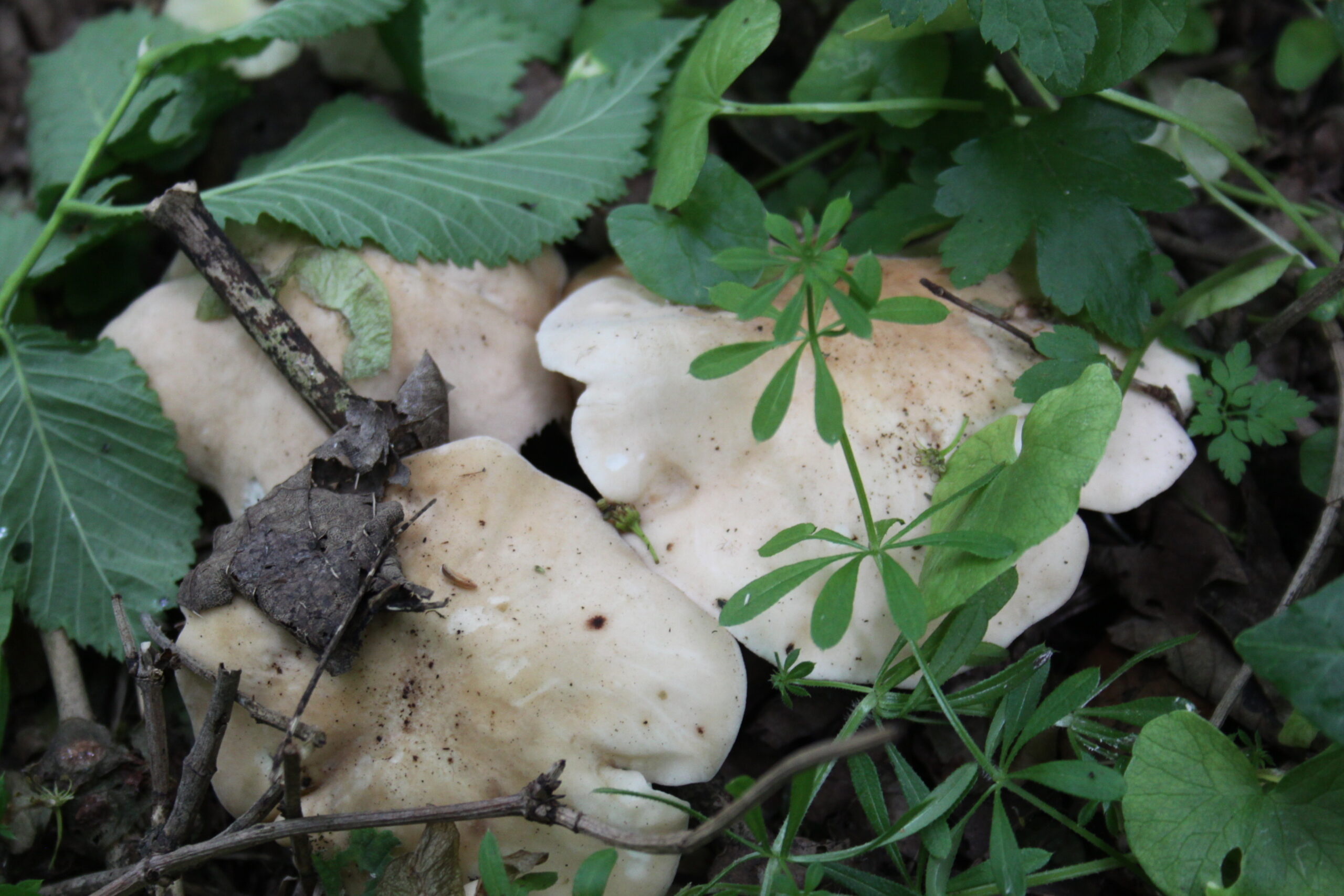
A new appreciation
With over 230 m2 of green space per head, the city of Edinburgh is the greenest city in the UK. A lot of people in Edinburgh forgot about the presence of these green spaces, according to the green organisations in the city. This has started to change, however. During the COVID-19 lockdown, these forgotten green spaces were the only place people could go. It was an escape, a breath of fresh air, a place to meet people within the set lockdown rules. Since then, people have started valuing their green spaces again, and now want to make them better and help preserve them. This rediscovered love for nature is being channelled by the organisations in the city which focus on nature, green spaces and biodiversity.
Invasive & Biodiversity
However, these green spaces still need to be managed. A perfect example is the invasive species growing in and around Edinburgh. They might deceive you with pretty flowers or nice scents, but they are, in fact, quite a threat to nature. The Royal Botanic Garden Edinburgh tries to remove them where they can, as Dr Chris Ellis explains: “It can create quite a conflicting image for people. Sometimes we are planting things, encouraging people to plant bulbs and making living landscapes. This is a clear image, but then they see us removing plants as well. It is up to us to explain the difference, and to clear up the image.”
Anastasia knows all about invasive species since preservation is a big part of foraging. Nature has become a big part of her life, and so has preservation and biodiversity. Without that, there would be no nature to channel her love towards, “Nature is how I escape my normal life, how I find peace and quiet.”
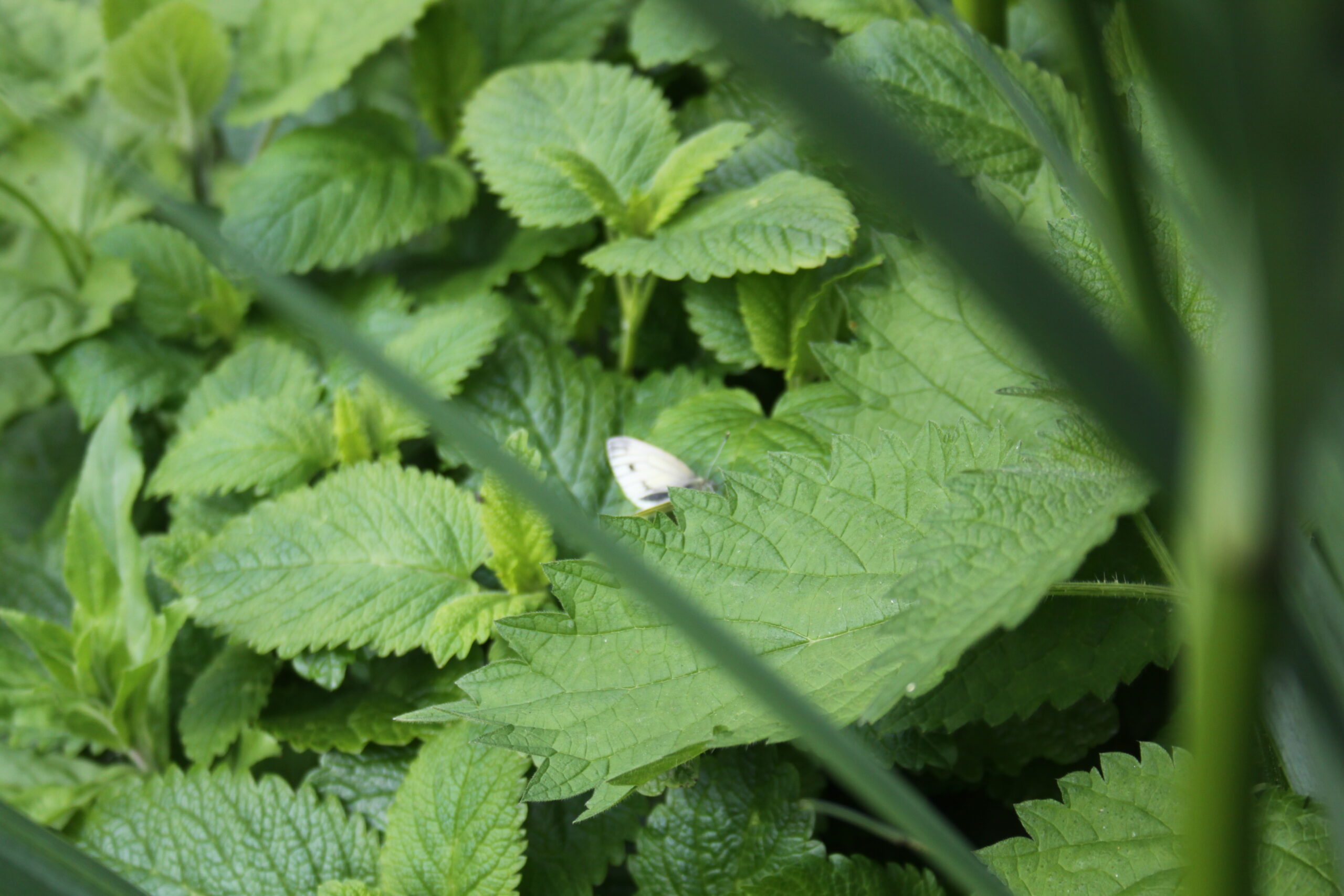
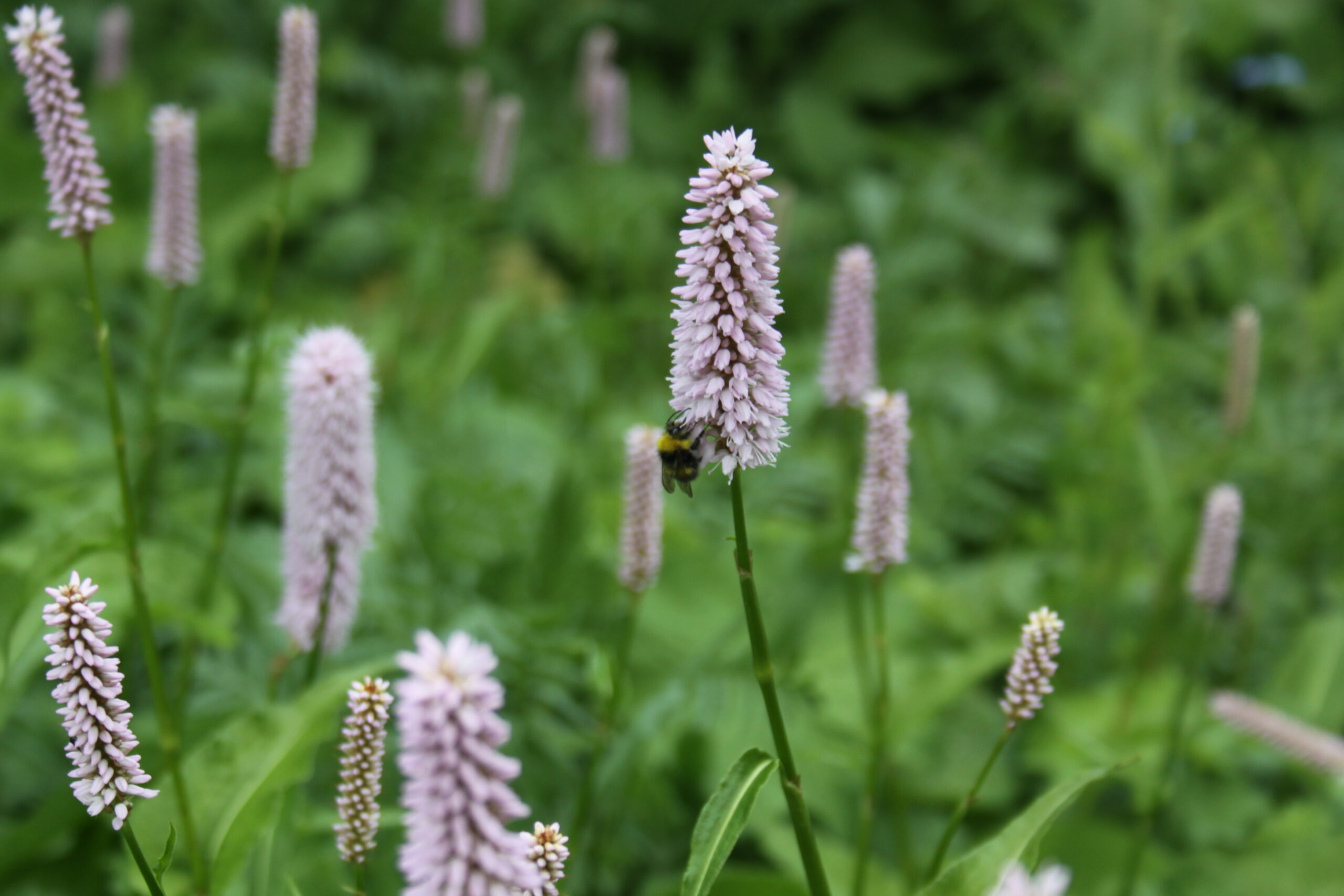
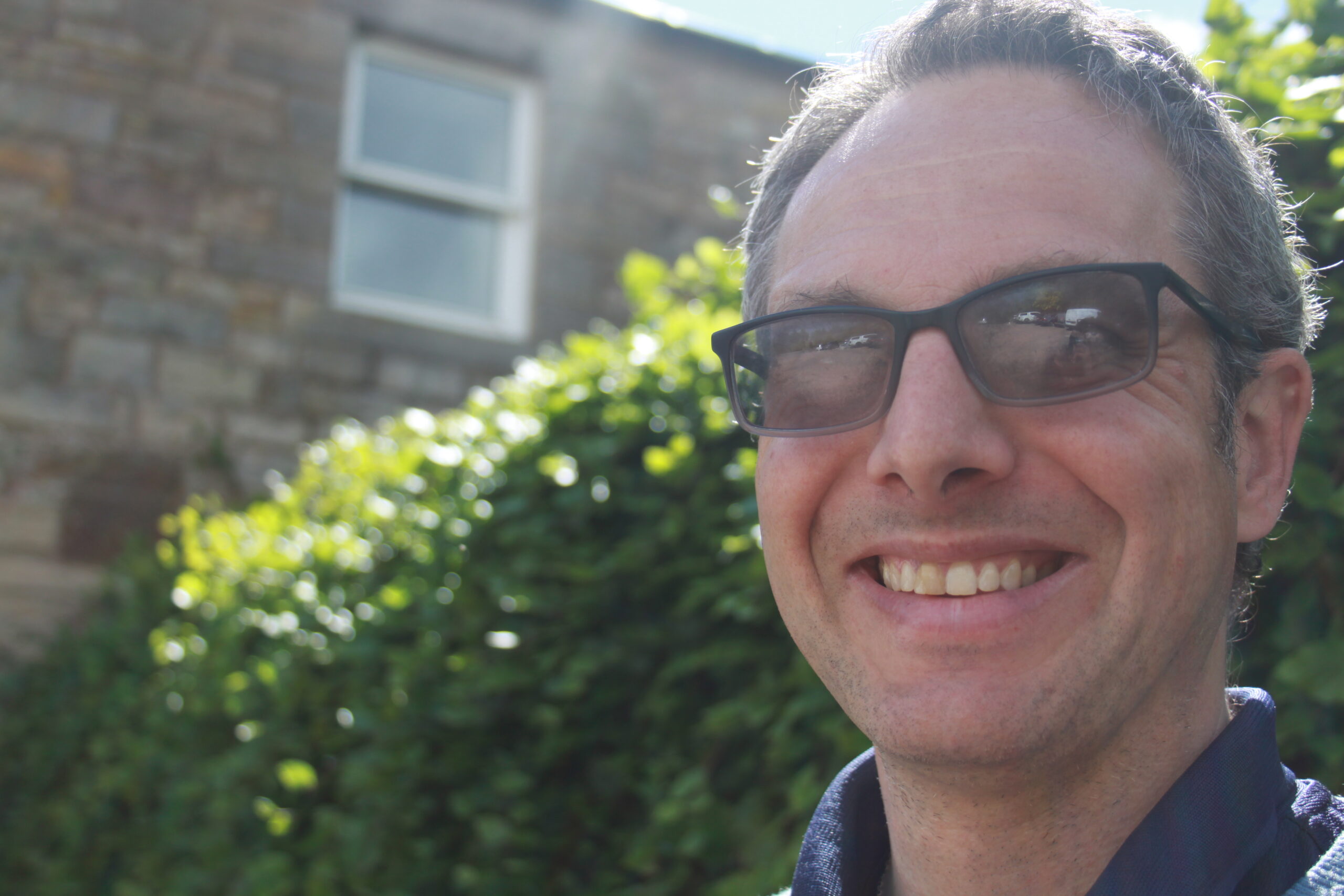
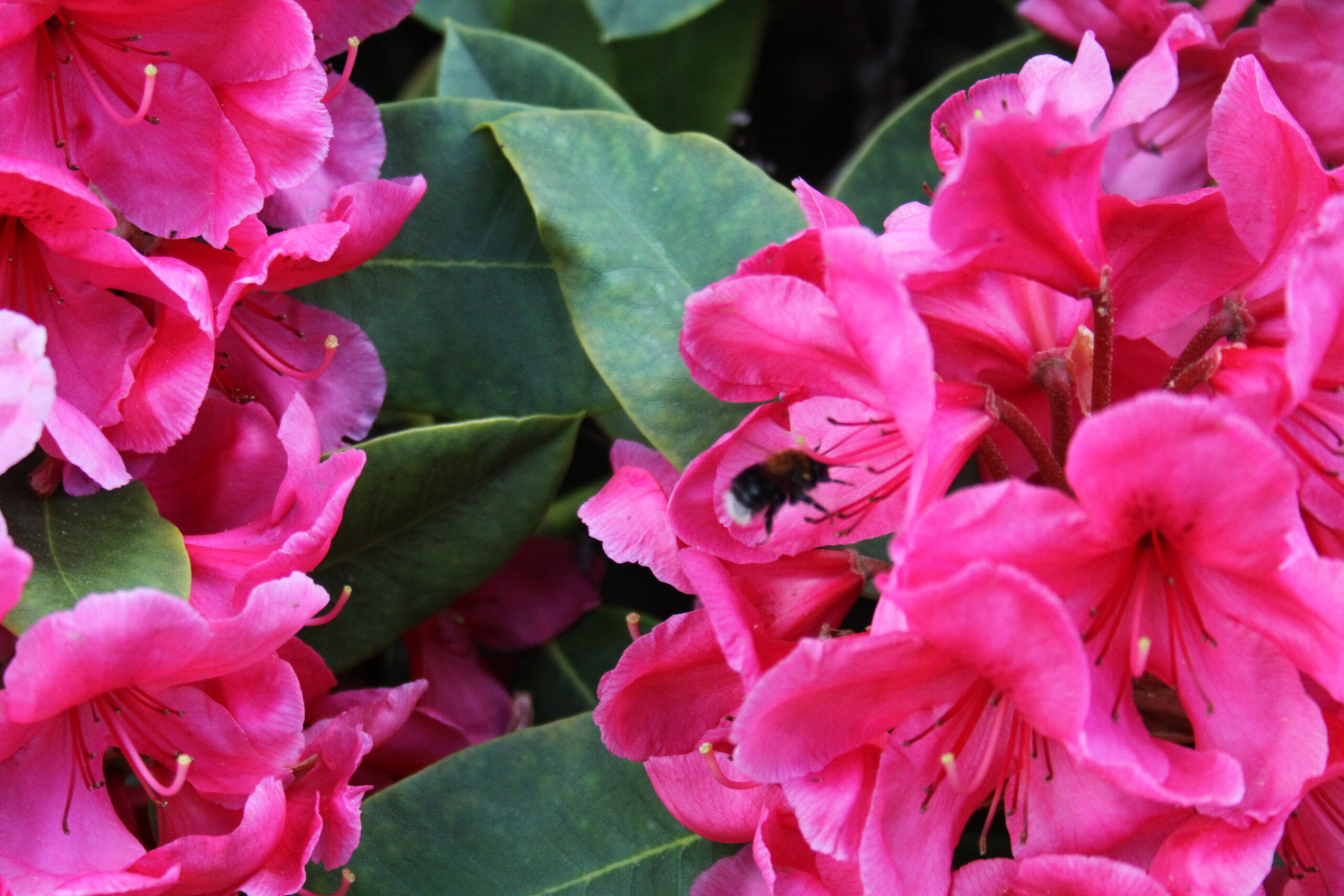
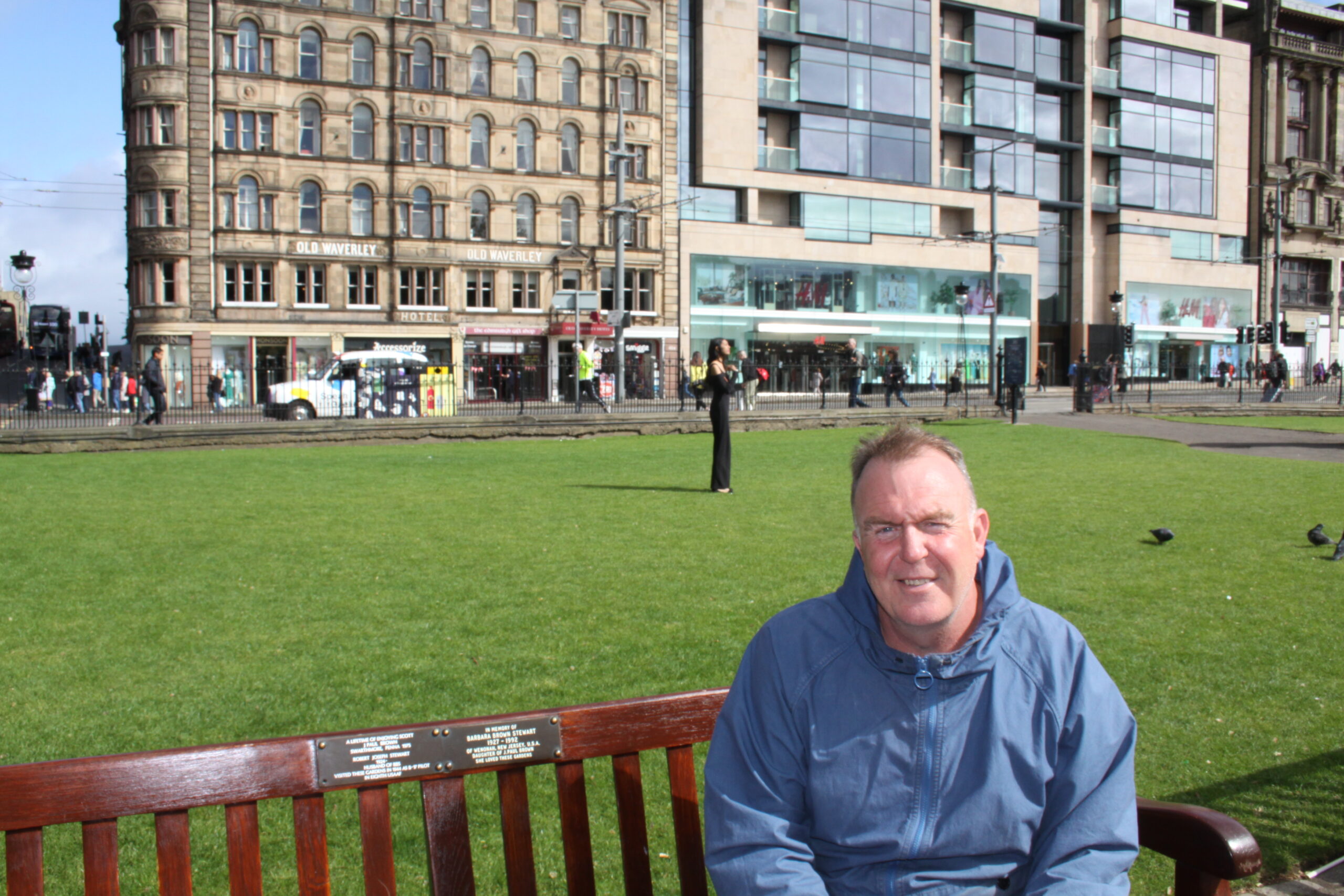
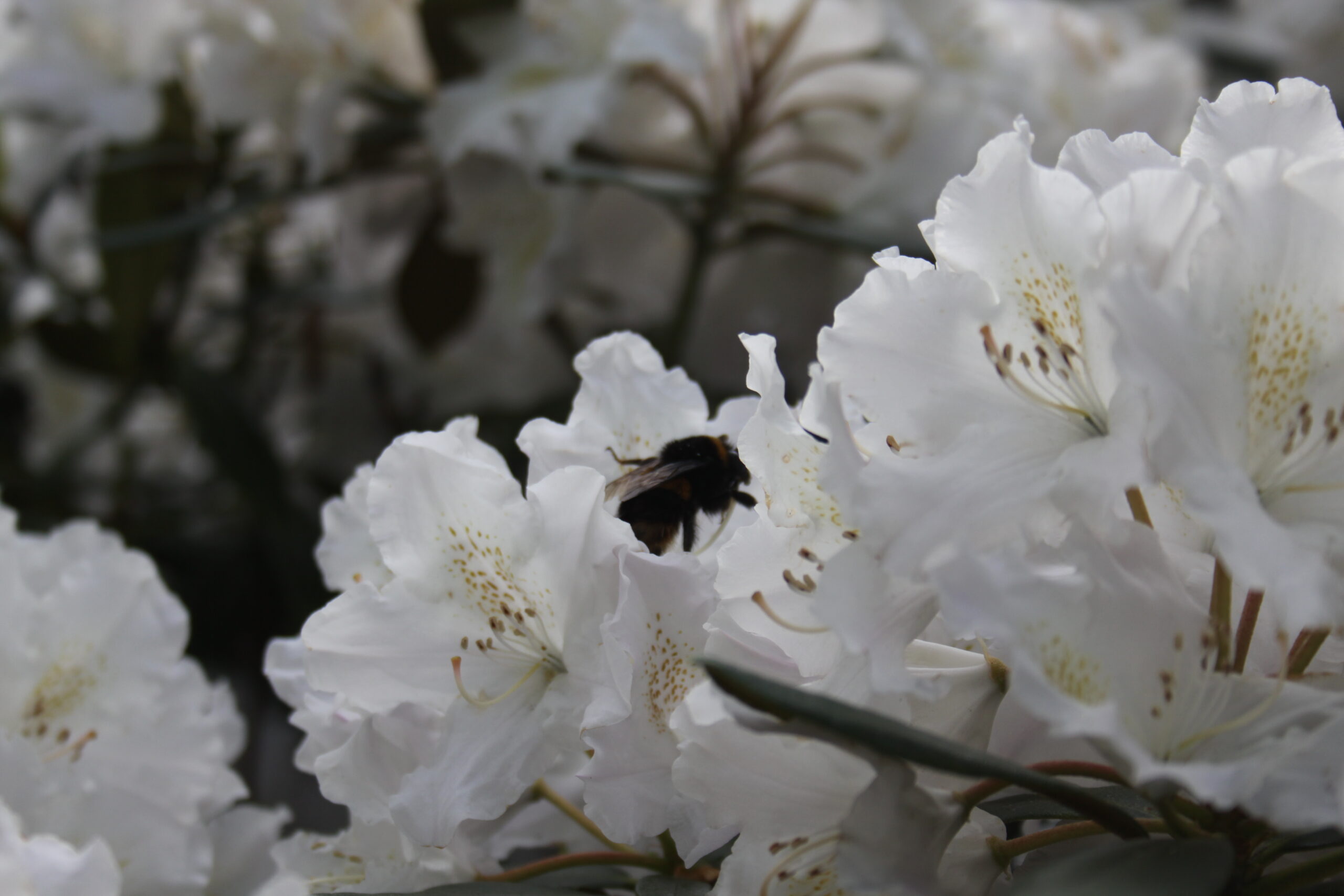
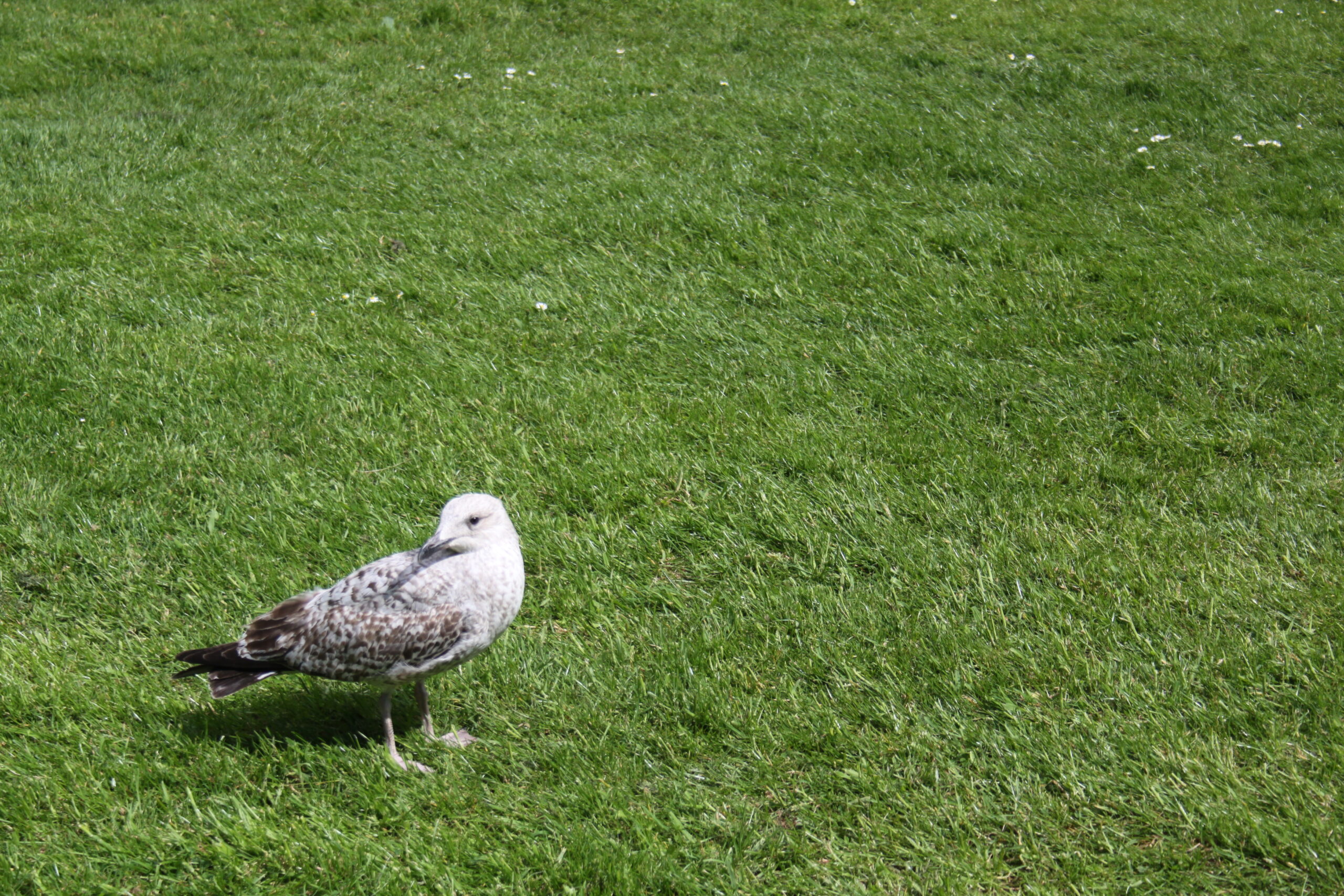
Education, reconnecting and preserving
Besides Anastasia and the Royal Botanic Garden, there are multiple organisations and councils that focus on preserving and increasing the biodiversity in Edinburgh. One of these is the Living Landscapes Council, with at its head the Technical Officer Stephen McGregor, “We try to let nature run its course, but with some management. We have created wildflower meadows, encouraged people to let the grass grow higher and longer instead of mowing it down and we help communities with starting their own gardens.”
Another organisation, The Edinburgh & Lothians Green Space Trust, also do their fair share when it comes to preservation and biodiversity, but education is also a big part of their organisation. Richard Darke, the communication manager, explains what this means exactly: “We provide help for communities that want to start their own green space initiatives, education about nature in schools and we organised projects like Tree time. We even create parcs and heal neglected spaces that we call ‘green desserts’. This way we hope to give everyone access to quality green spaces and reignite the love people have for green spaces.”
Meanwhile, these organisations are trying to enforce biodiversity, they are also trying to make green spaces that exude quality. They hope this will make them more attractive to people. Not only do animals profit should from these spaces, but they also bring many benefits to humans. Richard explains what these benefits are: “It can really better their physical and mental health. They use these spaces to exercise like hiking, biking and jogging. It is also a meeting space or somewhere to relax and take a break from the city.”
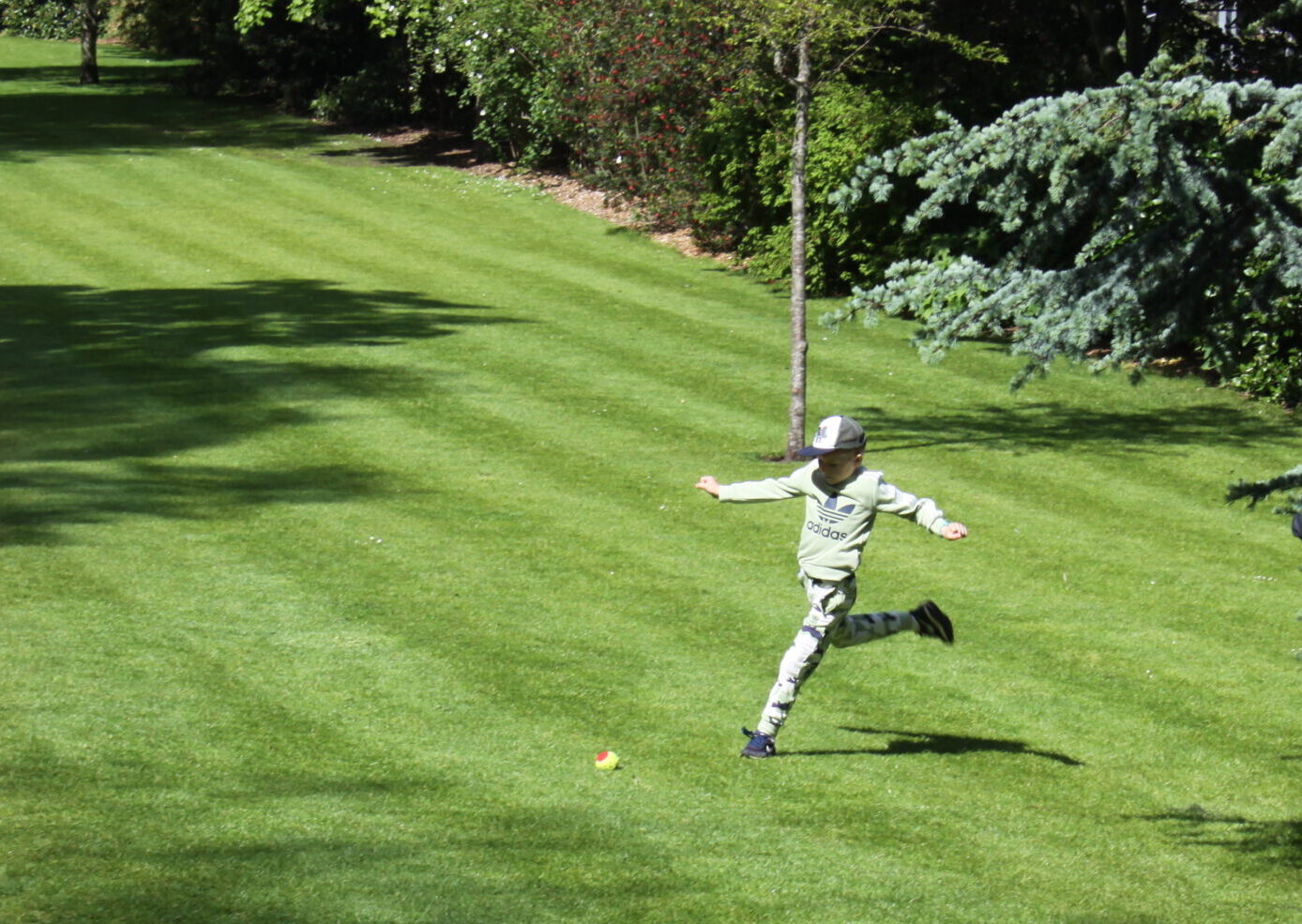
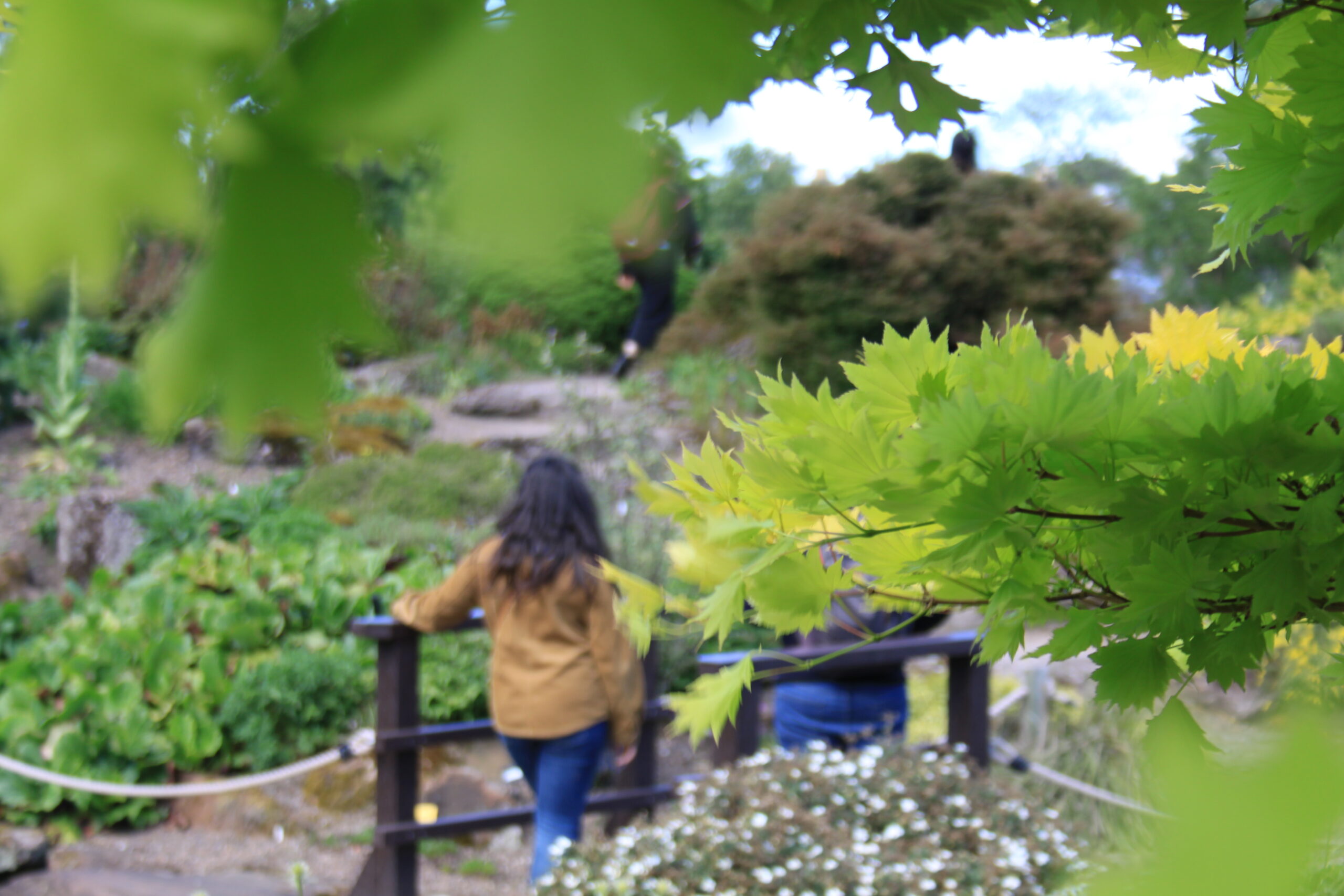
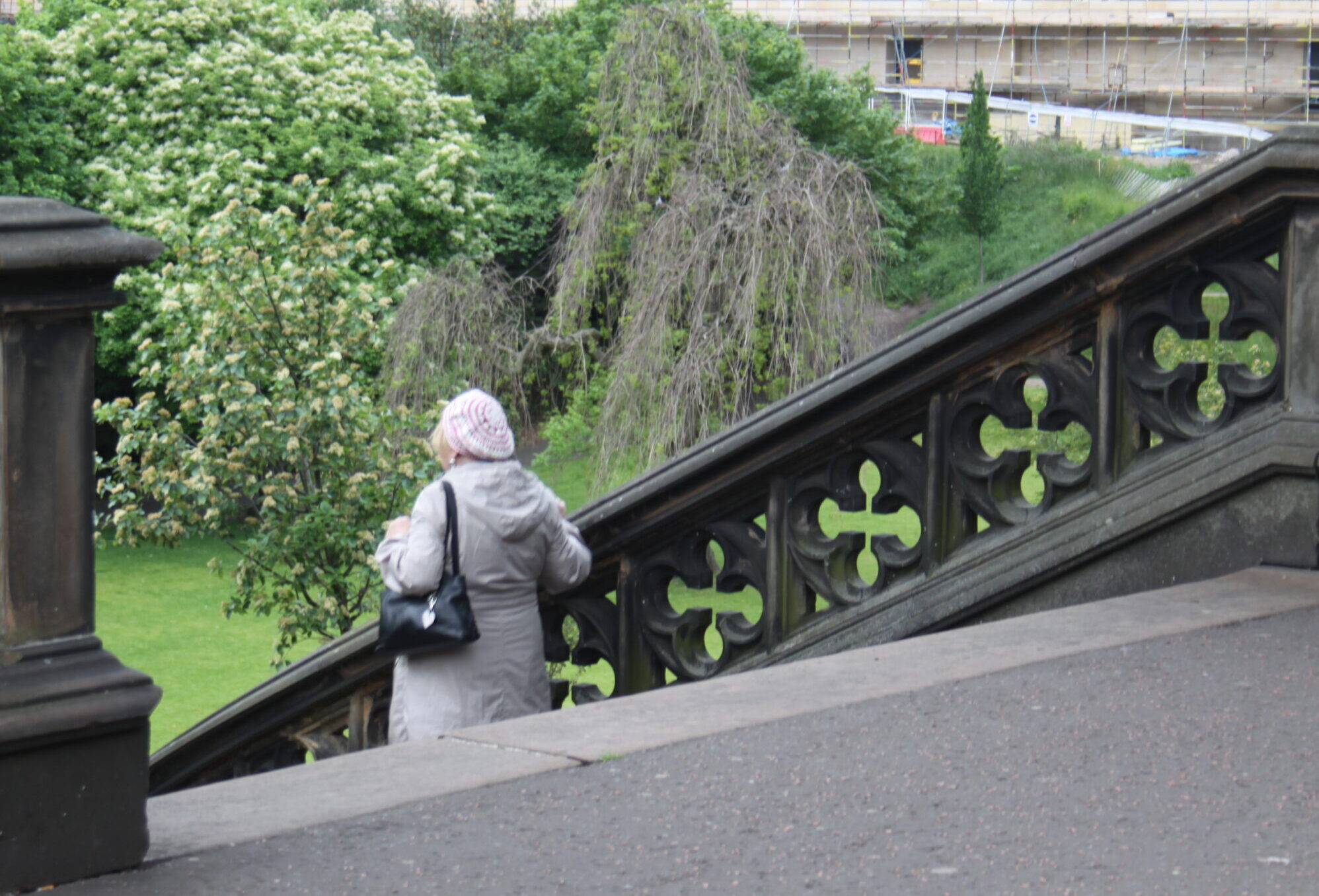
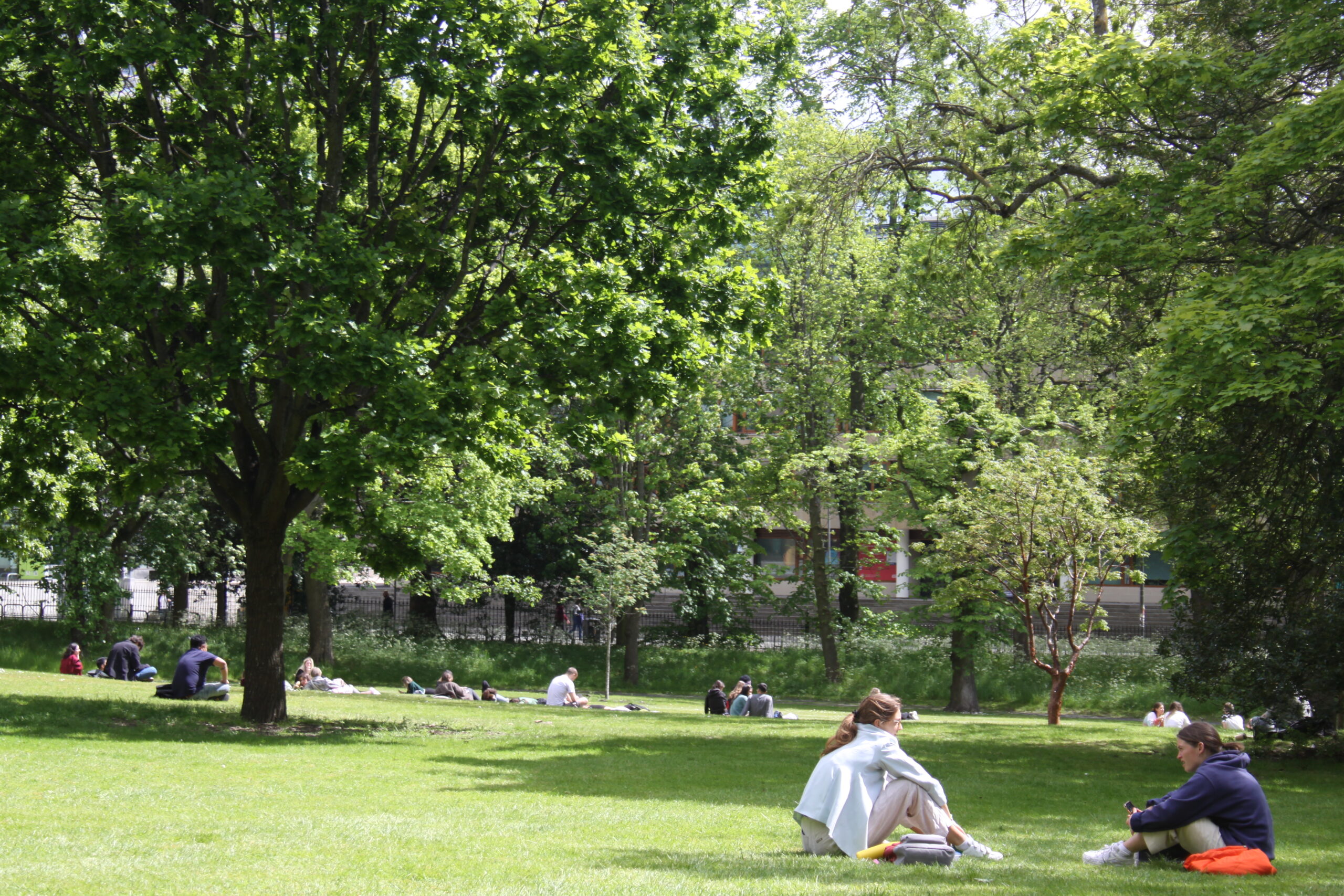
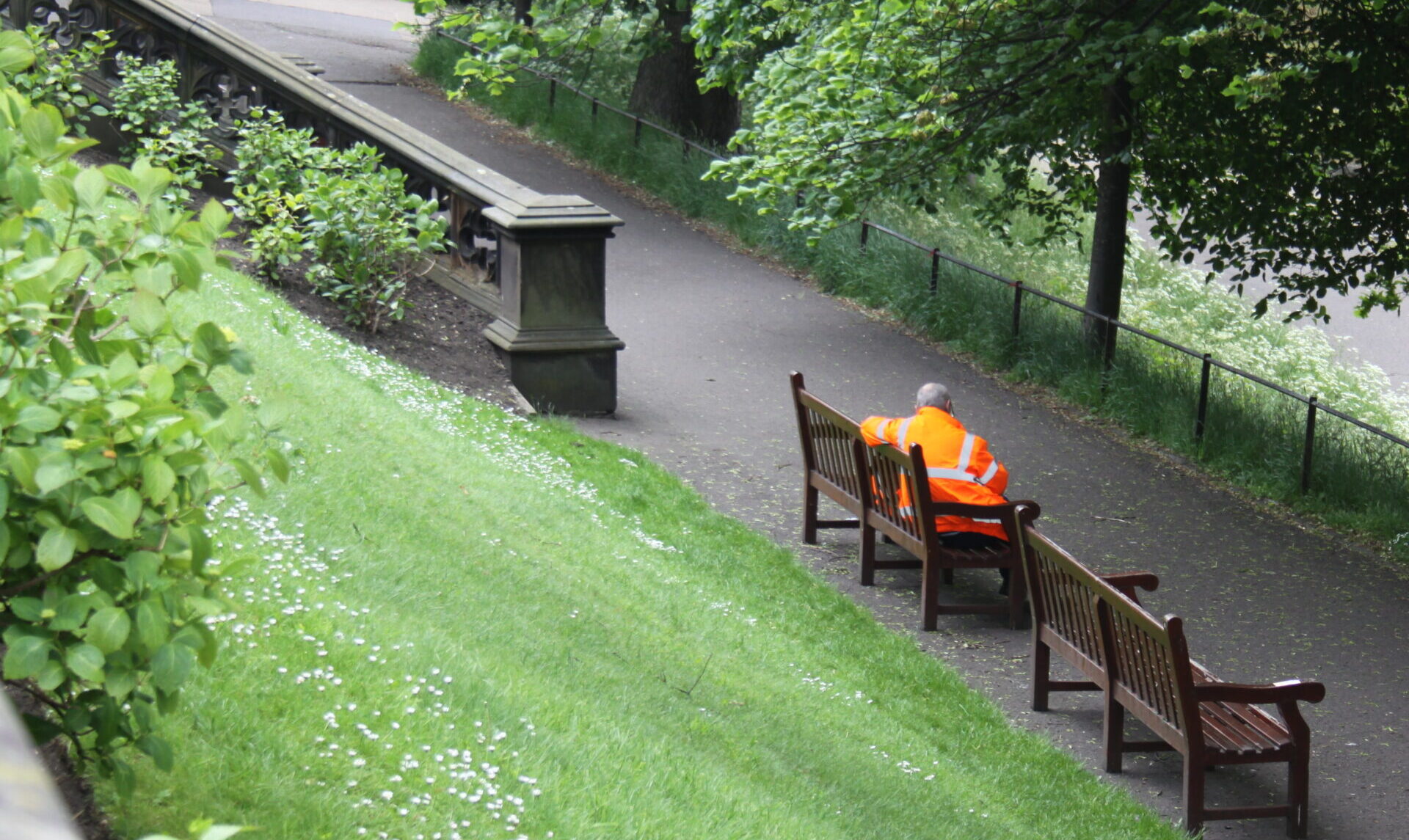
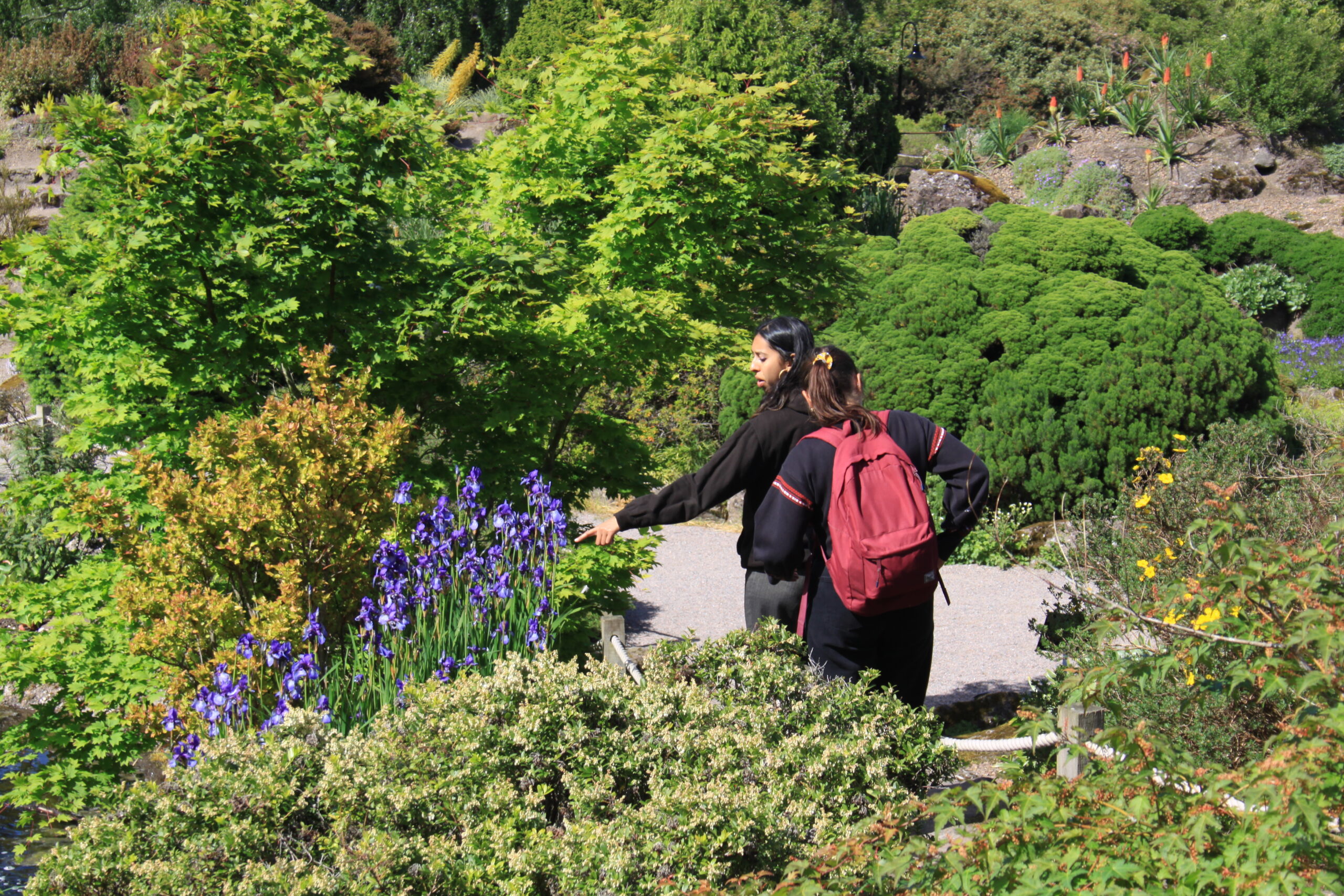
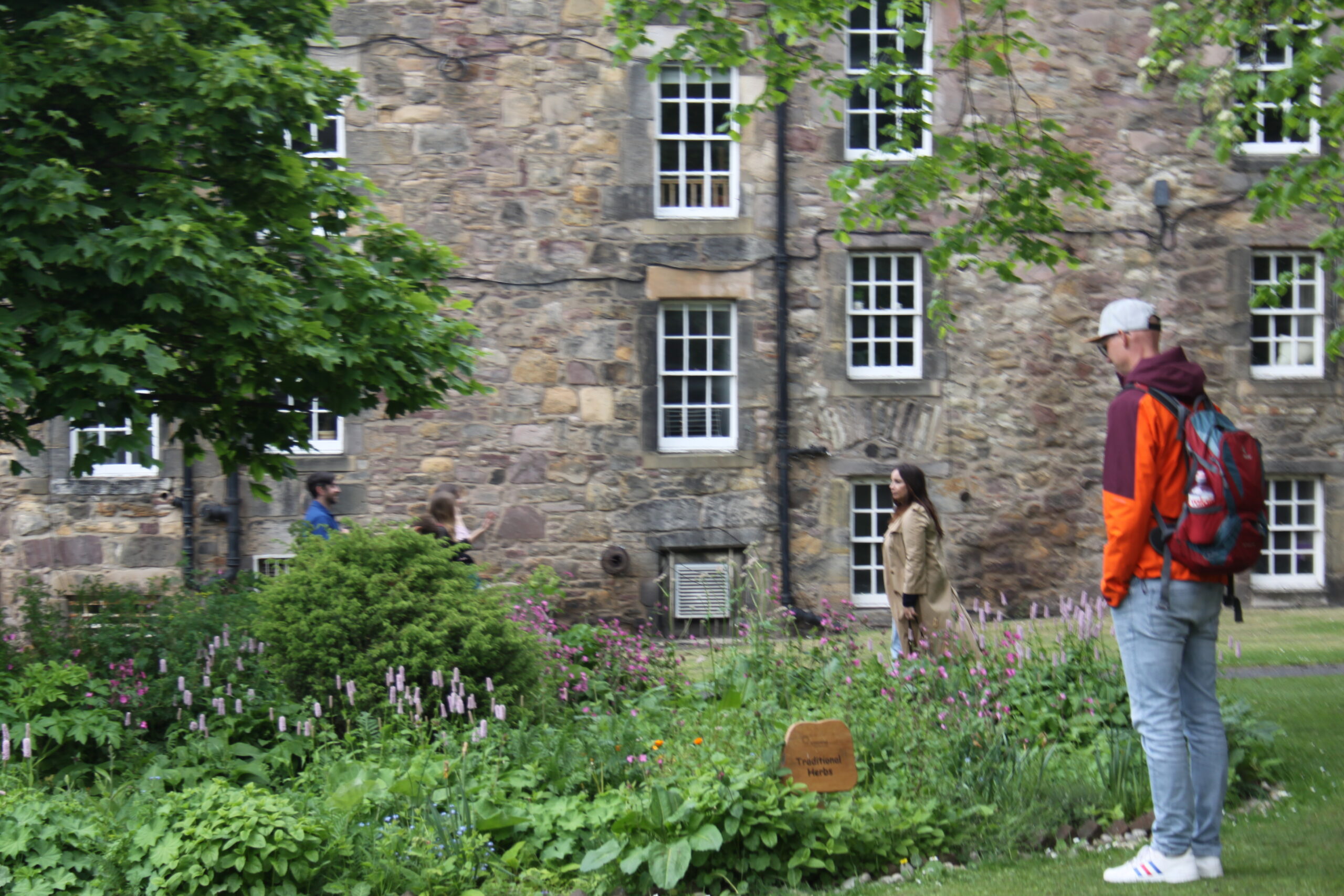
Let nature do what it does best
The nature in Edinburgh did not appear out of thin air, but years and years of managing can create some issues, “You can see this place is being managed. It is not a wild space, there is no uncontrolled growth. I prefer wild spaces for foraging. They have native species, they often have a lot more things I can and want to take home. I am looking for places where they let nature be nature,” Anastasia explains as she walks out of Corstorphine Hill Park.
Dr Ellis from the Botanic Garden agrees with Anastasia, “We should let nature do what it does best, but we do need to manage it a little bit. We can also use nature to solve problems, like flooding for example. We had a part of the garden which kept flooding to the point where we had to close it off. After conferring with Heriot-Watt University we removed the plants from this area and put them in what we call a ‘rain garden’. It absorbs water and is filled with plants that can handle extensive amounts of water. Since we put in the rain garden we have not had problems with flooding again. This is one of the ways we can let nature help us and prepare us for changes the climate might undergo because of climate change.”
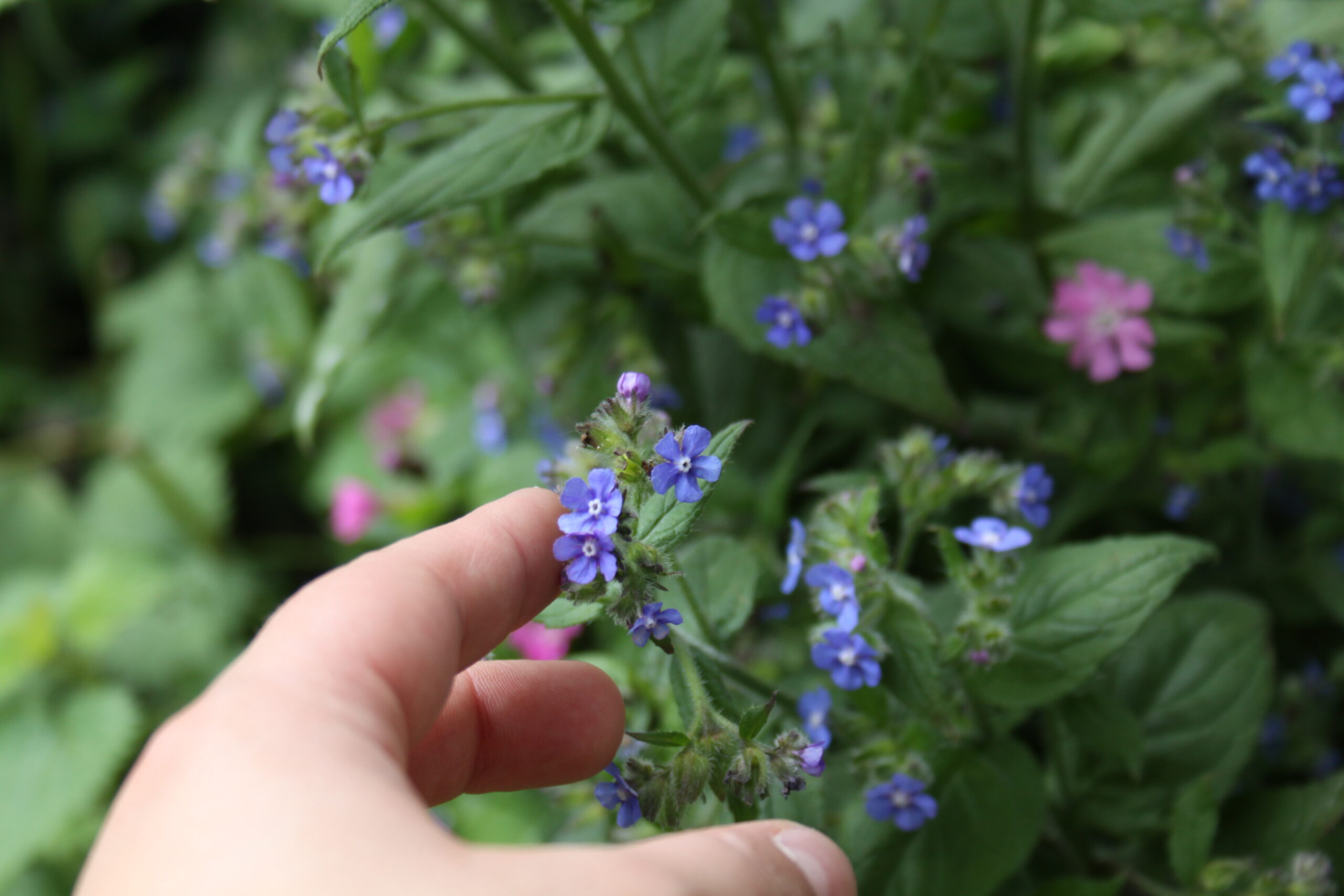
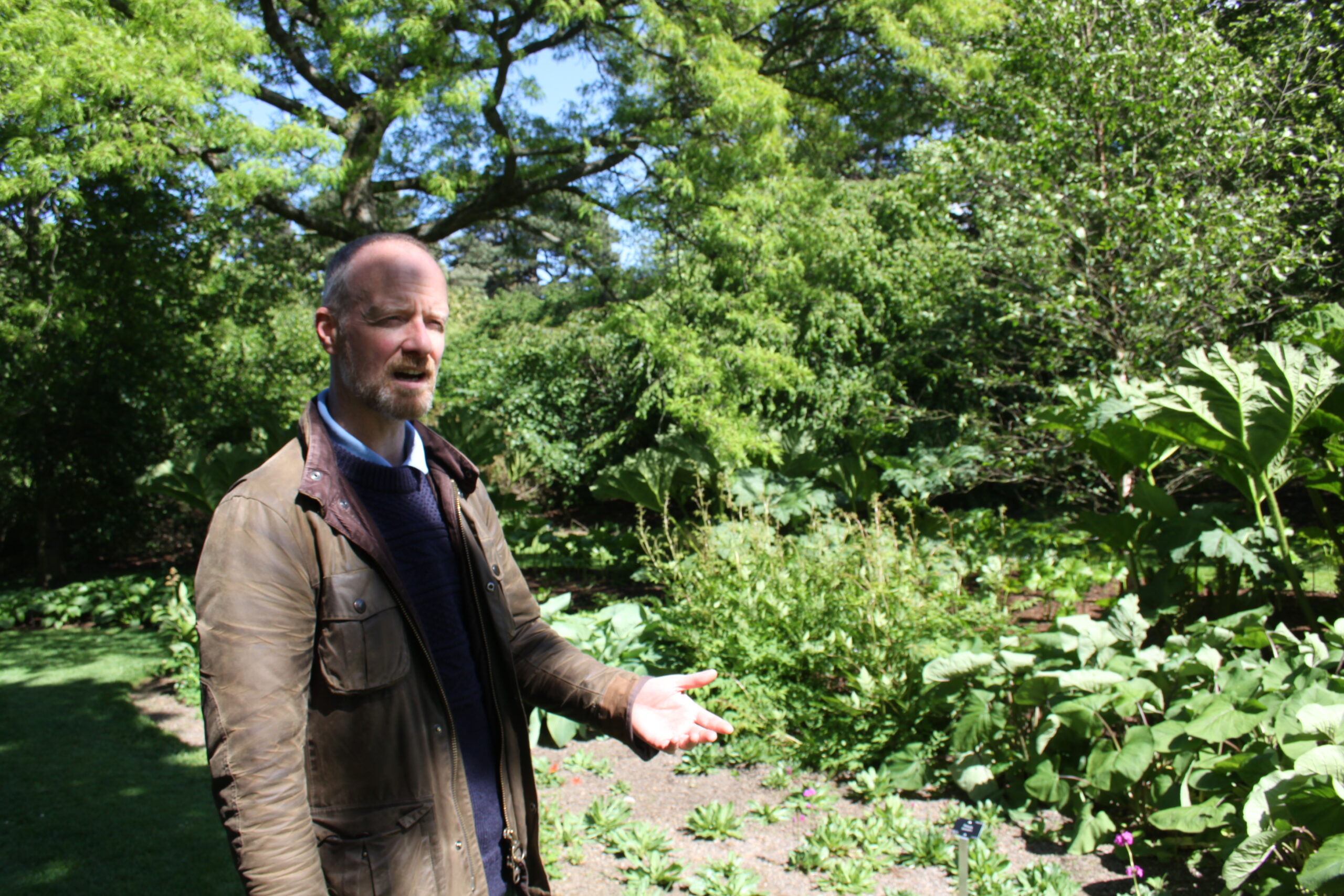
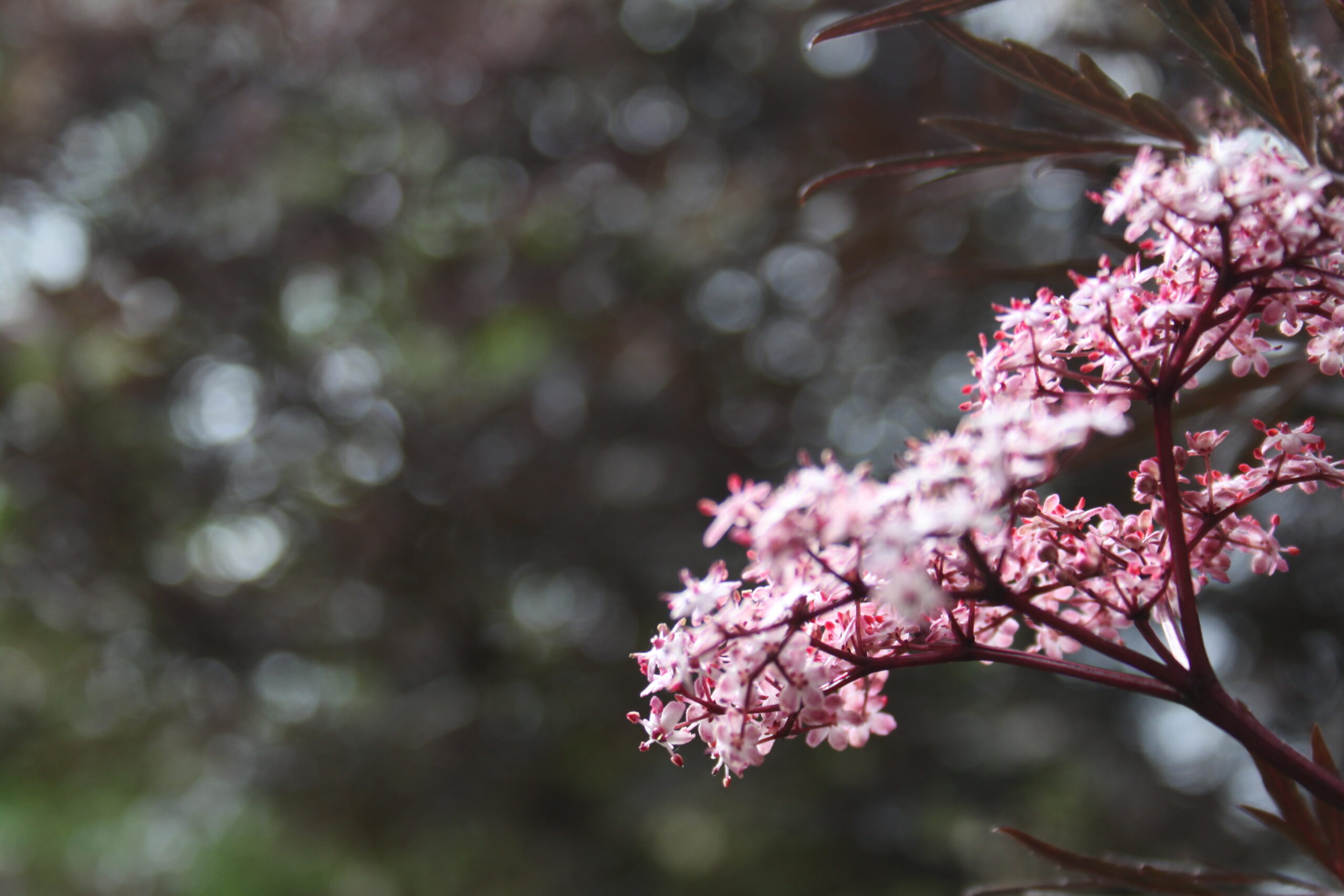
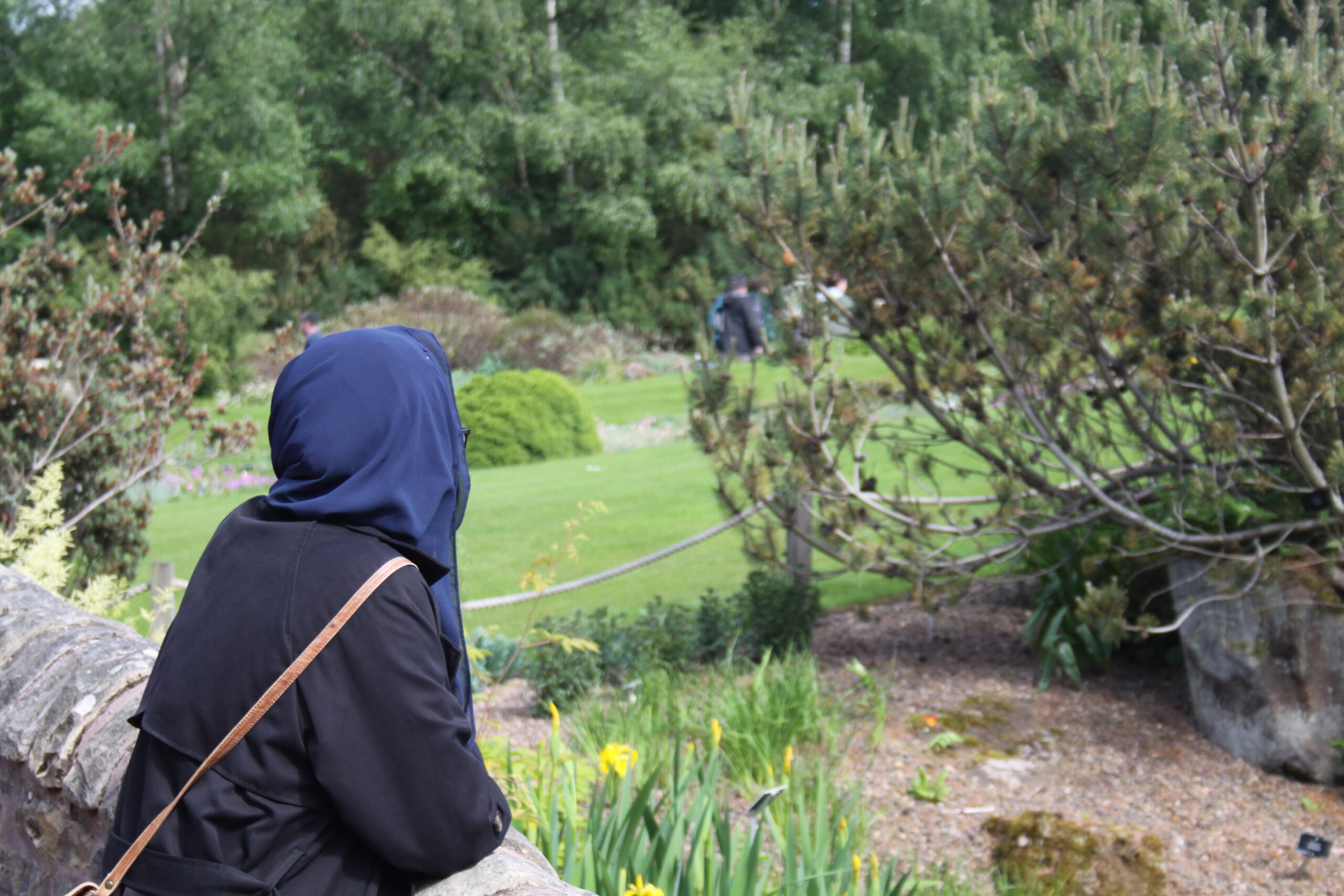
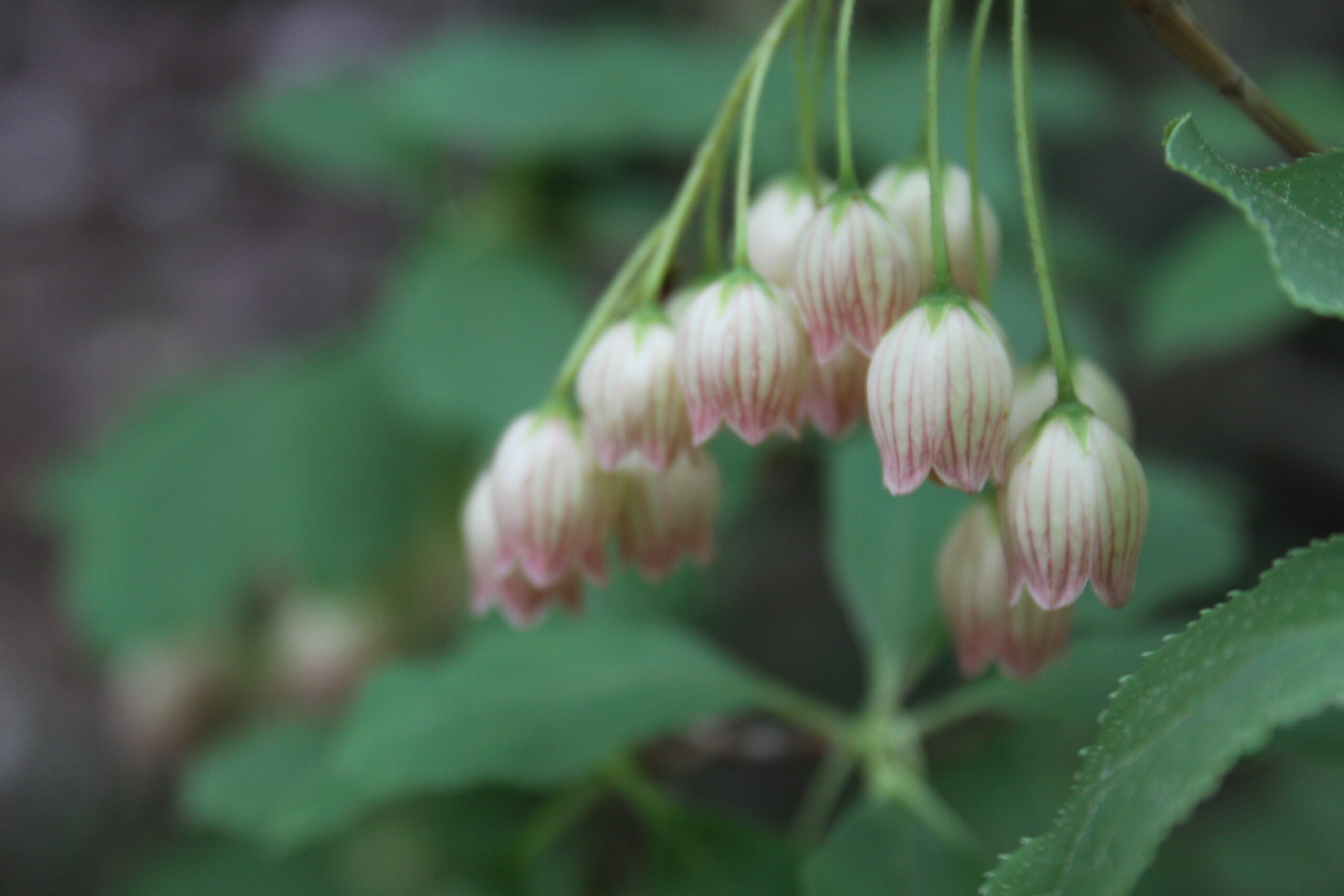
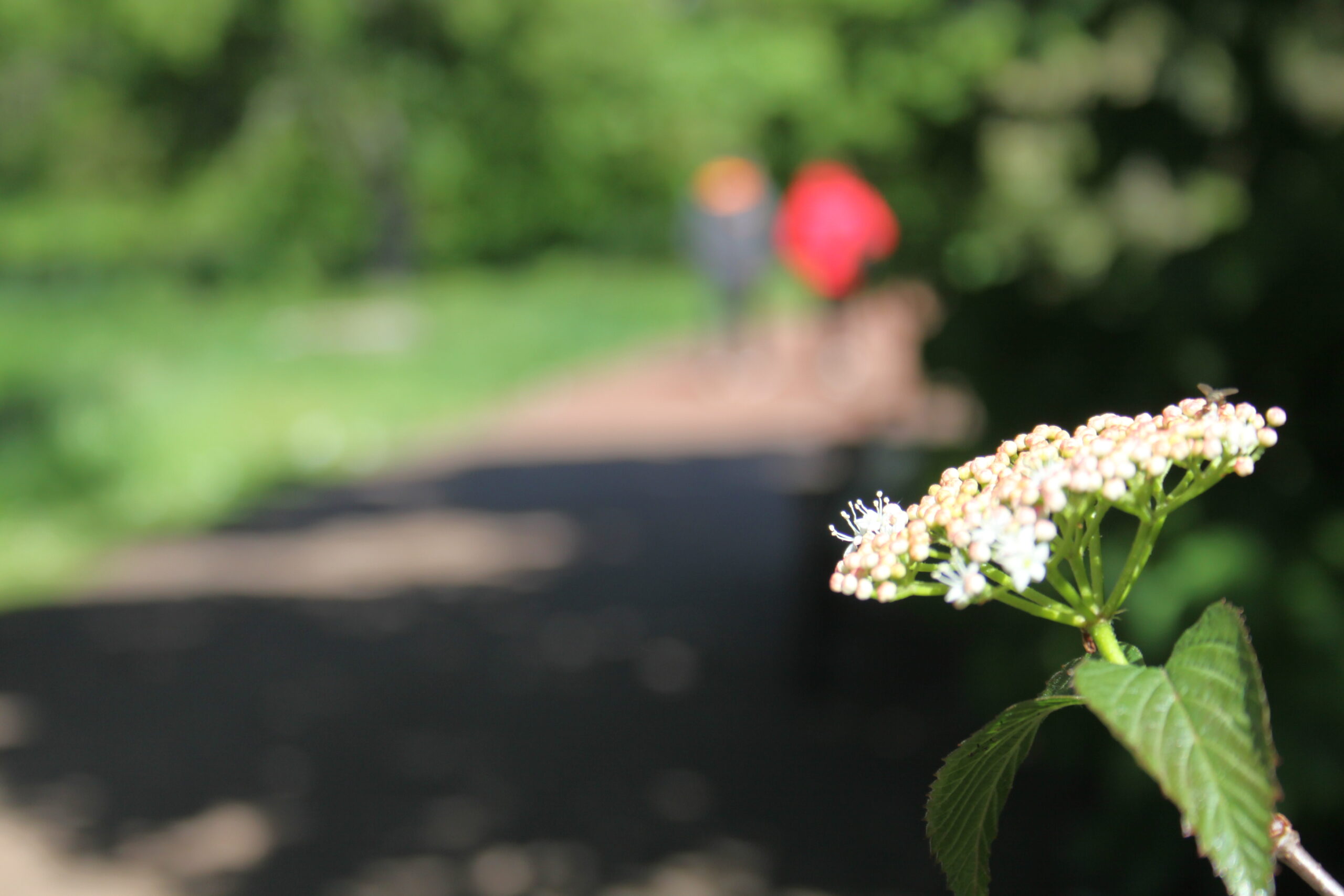
The city of Edinburgh can be described as its own ecosystem. This ecosystem is enjoying the new spike of appreciation around its nature, but it is important to choose in favour of nature and not people. Nature is pretty good at taking care of itself and if not the city will jump in, share its knowledge and give nature a helping hand.
